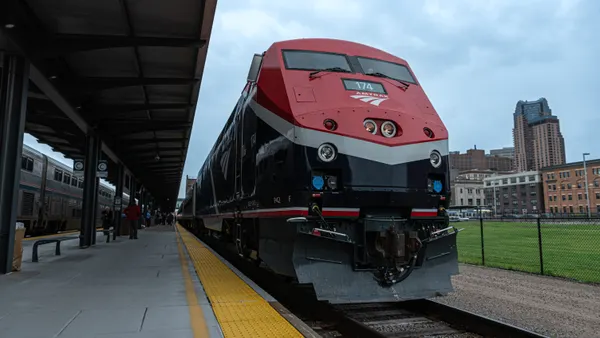Dive Brief:
- Illinois Gov. Bruce Rauner has signed an executive order authorizing the Autonomous Illinois initiative, governing the development, testing and deployment of autonomous vehicles (AVs) and related infrastructure. The Illinois Department of Transportation (IDOT) will lead the initiative and other public agencies will assist.
- The initiative — effective immediately — will allow AV testing on public roads, but a licensed driver must be behind the wheel at all times and be able to take control of the vehicle.
- Program participants will have to register with IDOT annually and can be suspended if their technology proves to be unsafe on public roads. IDOT will file a program report annually for the duration of the program, and it will include information such as the number of program participants and any challenges.
Dive Insight:
Illinois is taking a somewhat unique stance with the Autonomous Illinois initiative. It considers the use of AVs a possible street safety improvement as opposed to a detriment. The executive order says human error contributes to 94% of fatal crashes, and removing opportunities for human error — in this case, by removing a human driver — could reduce fatalities and crashes. The initiative especially aims to provide opportunities to improve safety and mobility for aging, disabled and underserved populations.
The initiative also views AV development and creating related infrastructure as a possible economic driver. For example, upgrading infrastructure necessary for safe AV operation could create jobs. The initiative states IDOT will collaborate with public and private entities on a plan to address changing education and workforce training needs related to AV development.
Illinois will join states including Arizona, California and Pennsylvania that already do AV testing, taking into account safety challenges other states have experienced. Leaders have included protections in the executive order which include a mandatory back-up driver, annual reports and the right to suspend term violators. That accounts for the fact that accidents can occur even with a back-up driver, as happened during Uber's fatal crash in Tempe, AZ this year when the back-up driver was watching streaming video.












